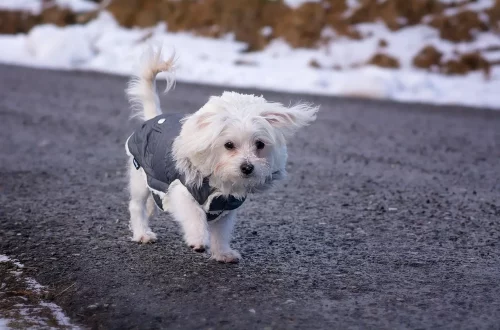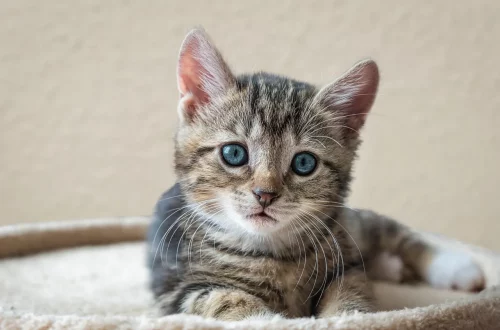
The Art of Caring for Polo Ponies: A Complete Guide for Enthusiasts
Caring for polo ponies is both an art and a science, requiring dedication, knowledge, and a genuine love for these majestic animals. These ponies are not merely athletes; they are partners in a thrilling sport that demands agility, spirit, and resilience. Understanding their unique needs and behaviors is essential for any enthusiast looking to support their well-being and performance on the field. From their diet to training regimens, every aspect of care contributes to the overall health and success of these incredible equines.
As a polo player or owner, one must immerse themselves in the intricacies of equine care, ensuring that their ponies are physically fit and mentally stimulated. The bond between horse and rider is profound, making it imperative to foster trust and communication through proper handling and care. Whether you are a seasoned player or a newcomer to the sport, knowing how to nurture and support your polo ponies can make all the difference in their performance and happiness.
As we delve deeper into the essential aspects of caring for polo ponies, it is crucial to consider not only their physical needs but also their emotional well-being. Creating a holistic care routine that encompasses all facets of their life will ultimately lead to a more rewarding experience for both the pony and the enthusiast.
Understanding the Nutritional Needs of Polo Ponies
Nutrition plays a vital role in the health and performance of polo ponies. These animals require a balanced diet that meets their energy needs, especially given the physical demands of the sport. The foundation of a polo pony’s diet typically includes high-quality hay and pasture grasses, which provide essential fiber for digestive health. Additionally, grains and concentrates may be introduced to supply extra calories and nutrients, particularly during training and competition seasons.
When selecting feed, it is essential to consider the individual pony’s age, weight, and activity level. Younger ponies or those in heavy training may require more protein and energy, while older ponies may benefit from a diet lower in sugars and starches. Consulting with an equine nutritionist can help tailor a diet that meets the specific needs of each pony, ensuring optimal health and performance.
In addition to the basic components of their diet, hydration is equally important. Polo ponies must have constant access to fresh, clean water, particularly after intense play or training sessions. Dehydration can lead to a myriad of health issues, including decreased performance and recovery time. Regularly monitoring water intake and ensuring that water troughs are clean and accessible will promote healthy hydration habits.
Moreover, supplements may be beneficial for some ponies, depending on their specific needs. Joint supplements, for instance, can support the health of their joints, especially as they age or engage in high-impact activities. Always consult with a veterinarian before introducing any supplements to ensure they are appropriate and safe for the individual pony.
Ultimately, a well-rounded diet combined with proper hydration will set the stage for a healthy and energetic polo pony, ready to take on the challenges of the game.
The Importance of Regular Exercise and Training
Training is a fundamental aspect of caring for polo ponies. Unlike traditional riding disciplines, polo requires a unique blend of speed, agility, and teamwork. Therefore, developing a structured training regimen is essential to prepare these athletes for the demands of the game.
A typical training program will include a combination of flatwork, agility drills, and stick-and-ball practice. Flatwork focuses on improving the pony’s responsiveness to cues, building a solid foundation for more advanced maneuvers. This aspect of training is crucial for developing the pony’s balance and coordination.
Agility drills, such as weaving through cones or practicing rapid stops and turns, help enhance the pony’s quickness and ability to navigate the field during a match. These exercises not only improve physical fitness but also strengthen the bond between rider and pony, fostering trust and communication.
Stick-and-ball practice is a cornerstone of polo training. This exercise allows players to refine their skills while also ensuring that their ponies become accustomed to the movements and sounds associated with the game. Regular practice in this area will prepare both horse and rider for the dynamic nature of polo matches.
Additionally, it’s important to incorporate rest days into the training schedule. Overworking ponies can lead to fatigue and injuries, ultimately hindering their performance. Understanding when to push and when to rest is a critical skill for any polo enthusiast.
Moreover, keeping an eye on each pony’s condition and behavior during training sessions is vital. Any signs of discomfort or fatigue should be addressed immediately, ensuring that the pony’s well-being remains a priority. By balancing training intensity with adequate recovery time, enthusiasts can cultivate strong, healthy polo ponies capable of thriving in the sport.
Grooming Practices for Polo Ponies
Grooming is not only a practical necessity but also an essential part of building a relationship with polo ponies. Regular grooming helps maintain their coat, promotes circulation, and allows for the early detection of any health issues. A well-groomed pony is not only more comfortable but also looks their best on the field.
The grooming process typically involves several steps, including brushing, hoof care, and bathing. Brushing should be done daily, using a curry comb to loosen dirt and hair followed by a stiff brush to remove debris. A soft brush can then be used for sensitive areas to ensure the pony’s comfort.
Hoof care is another critical component of grooming. Regularly picking out the hooves helps prevent infections and allows the rider to check for any signs of injury or disease. It’s advisable to have a farrier examine the pony’s hooves every six to eight weeks for trimming or shoeing, depending on the pony’s activity level and environment.
Bathing is typically done as needed, especially during hotter months or after particularly dusty practices or matches. Using a mild equine shampoo can help keep the coat clean and shiny. However, it’s essential not to over-bathe, as this can strip the coat of natural oils.
In addition to physical grooming, spending time with ponies during grooming sessions can enhance the emotional bond between horse and rider. This time spent can be incredibly beneficial for both parties, creating a sense of trust and companionship that translates into better performance on the field.
Lastly, it’s crucial to be observant during grooming sessions. Any changes in the pony’s coat, skin, or behavior could indicate underlying health issues that may require attention from a veterinarian. Being proactive in grooming and care can contribute to the overall health and happiness of polo ponies.
Building a Strong Human-Pony Relationship
The relationship between a pony and its handler is paramount in the world of polo. A strong bond fosters trust, enhances communication, and ultimately leads to better performance on the field. Building this relationship requires time, patience, and understanding.
One of the most effective ways to strengthen this bond is through consistent handling. Daily interactions, whether through grooming, feeding, or simply spending time together, reinforce the connection between horse and rider. This consistency helps ponies feel secure and comfortable, allowing them to perform at their best during matches and training.
Additionally, employing positive reinforcement techniques can be incredibly beneficial. Rewarding desired behaviors with treats, praise, or affection encourages ponies to repeat those actions. This approach not only enhances learning but also nurtures a sense of partnership between rider and pony.
Understanding the pony’s body language is equally important. Learning to recognize signs of stress, discomfort, or contentment allows handlers to respond appropriately to their needs. For instance, a pony that is pinning its ears back may be feeling threatened or uncomfortable, and addressing the situation promptly can prevent escalation.
Moreover, attending to the pony’s mental stimulation is crucial. Engaging them in varied activities, such as trail rides or obstacle courses, can prevent boredom and keep them mentally sharp. A mentally stimulated pony is often more engaged and responsive during polo matches.
Finally, patience is key. Building a strong relationship takes time, and each pony is unique in its temperament and learning style. By being attentive and responsive to their needs, enthusiasts can cultivate a lasting bond that enriches their shared experiences in the sport.
In conclusion, caring for polo ponies is a multifaceted endeavor that requires a deep understanding of their unique needs. From nutrition and exercise to grooming and building relationships, each aspect plays a critical role in ensuring the health and happiness of these remarkable animals. By dedicating time and effort to their care, polo enthusiasts can foster a strong partnership that enhances both the pony’s performance and the overall enjoyment of the sport.
*This article is for informational purposes only and does not constitute medical advice. For any health-related concerns regarding your pony, please consult a qualified veterinarian.*




